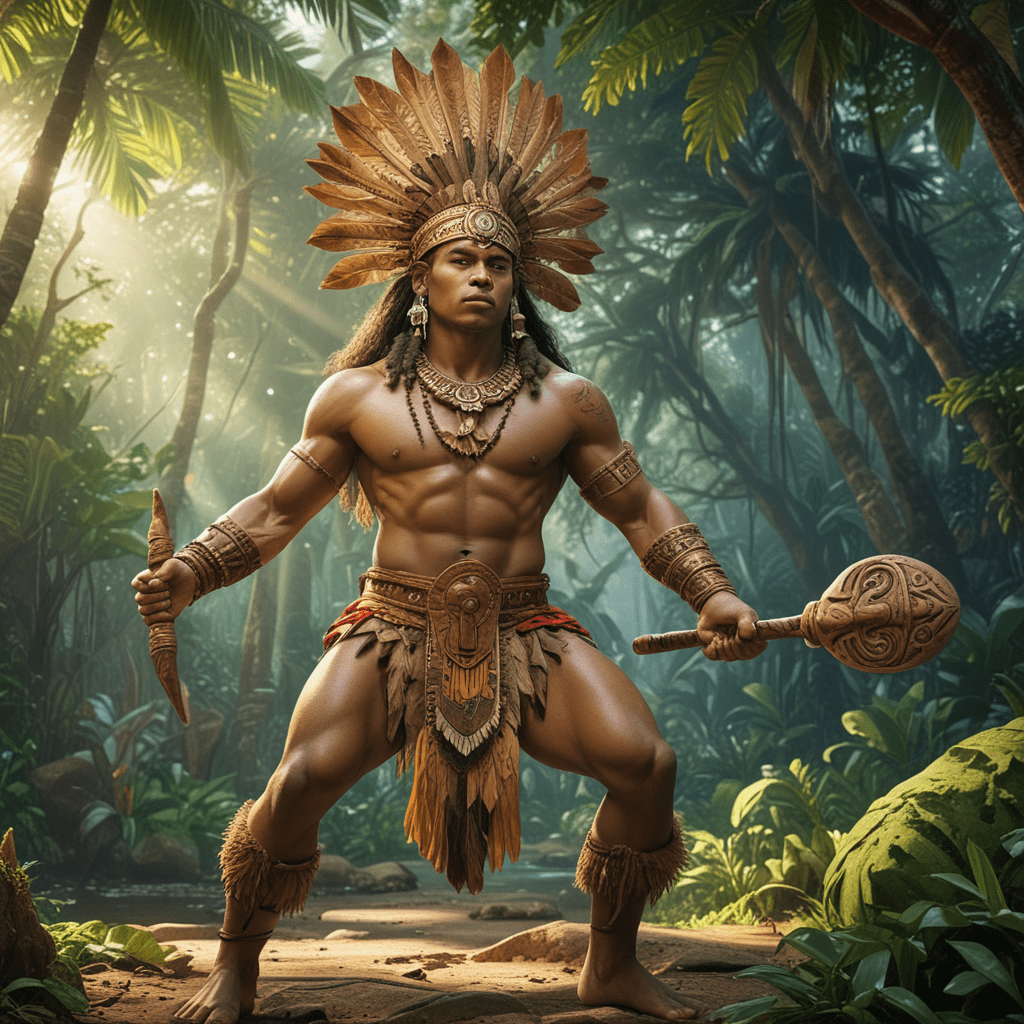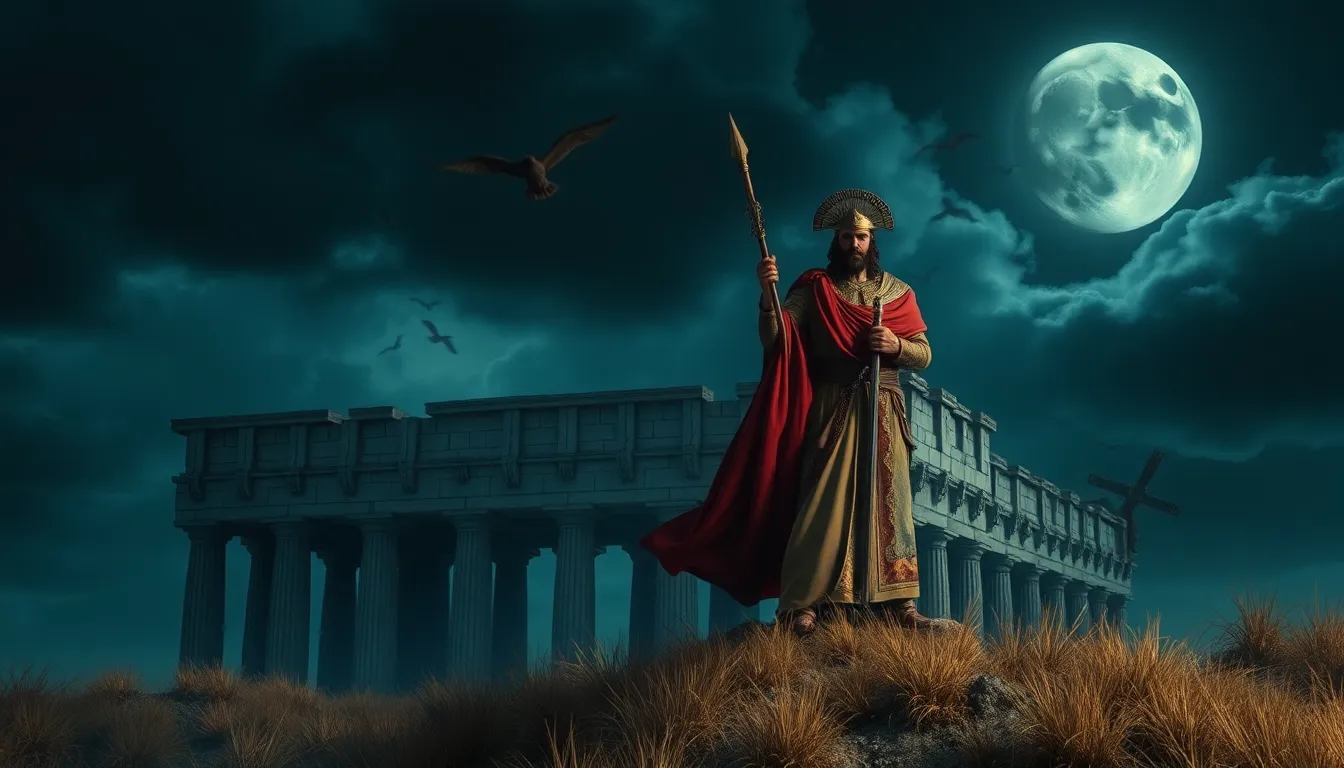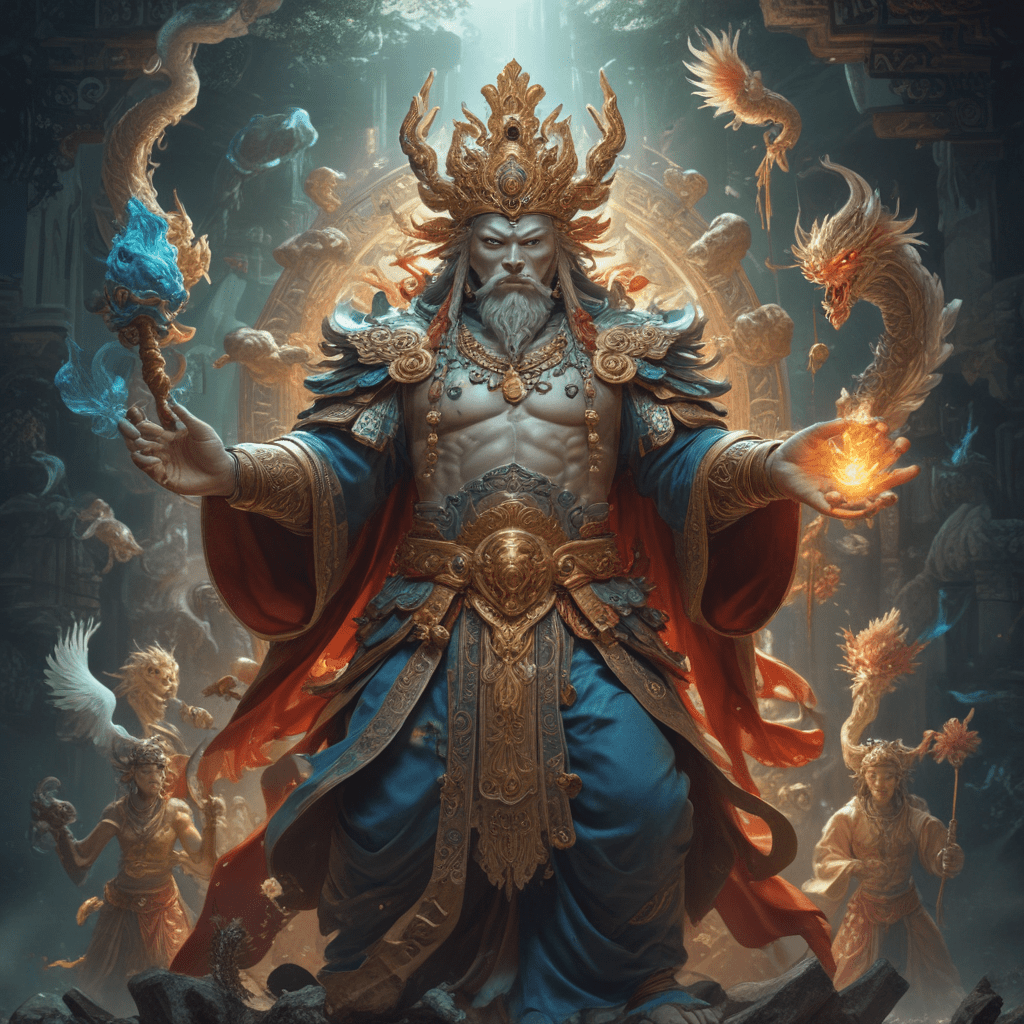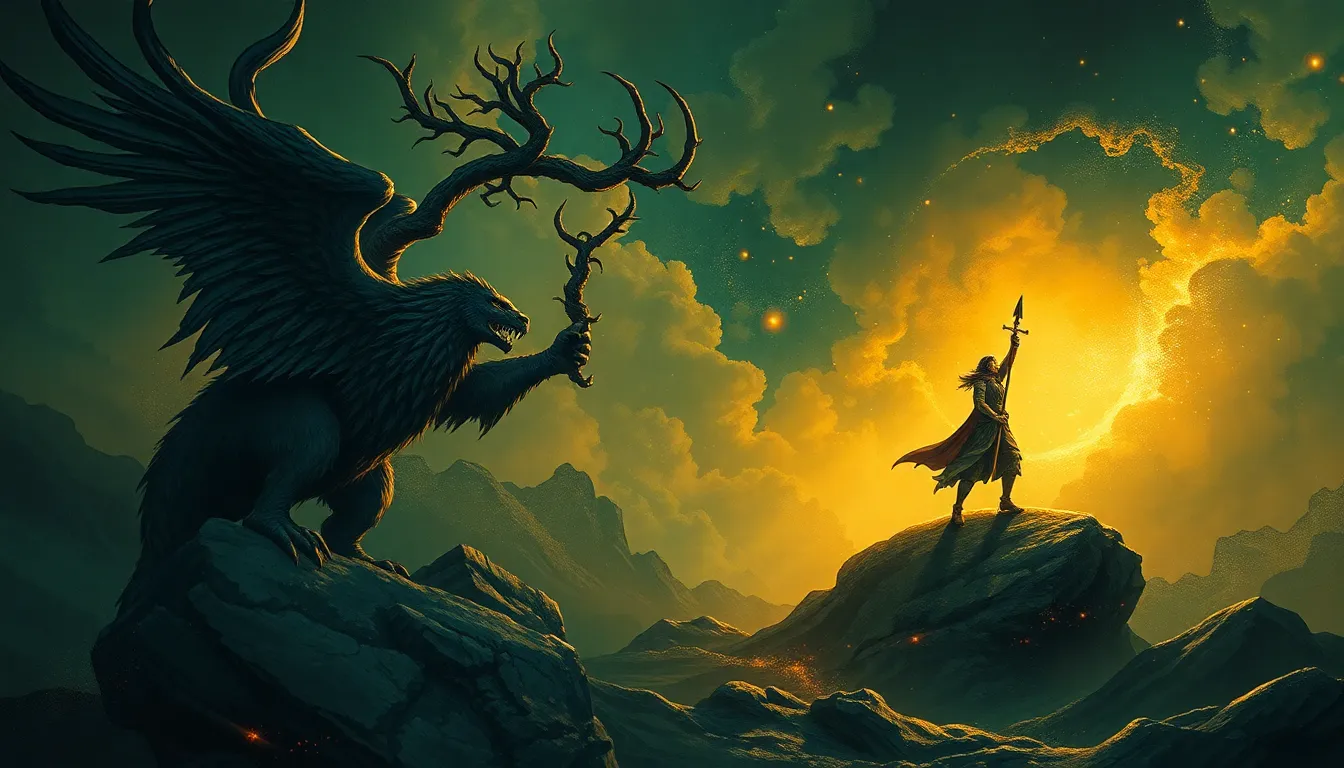The Influence of Polynesian Mythology on Traditional Practices
Polynesian mythology is an intricate web of stories, beliefs, and practices that profoundly influenced Polynesian culture and shaped the way of life for generations. From the origins of the universe to the afterlife, this mythology permeated every aspect of Polynesian society, from religious rituals to social structure. Below, we will delve into the significant impact of Polynesian mythology on various traditional practices.
1. Creation and the Divine
Polynesian mythology provides detailed narratives of the creation of the universe, often involving divine beings and cosmic powers. These narratives explain the origins of celestial bodies, plants, animals, and humans. Such creation myths often involve a primary creator deity or a group of deities who bring order and structure to the world. These mythological accounts of creation hold sacred significance and provide a foundation for understanding the relationship between humans and the cosmos.
2. Ancestors and the Afterlife
Polynesian mythology places immense importance on the role of ancestors and the concept of the afterlife. Ancestors are believed to play an active role in the lives of their descendants, providing guidance, protection, and support. In many Polynesian cultures, people trace their lineage back to specific founding ancestors or mythical heroes. The concept of the afterlife varies between different Polynesian societies, but often involves the soul journeying to a spiritual realm after death.
3. Religious Rituals and Ceremonies
Polynesian mythology provided the basis for a vast array of religious rituals and ceremonies. These rituals were performed by priests, kahunas, or other sacred practitioners and sought to appease gods, seek divine favor, or ensure the well-being of the community. From elaborate festivals and sacred dances to prayers and offerings, these ceremonies allowed people to connect with the divine and maintain harmony within their society.
4. Taboos, Blessings, and Prophecies
Polynesian mythology enshrined a system of taboos or sacred prohibitions, which played a crucial role in regulating behavior within Polynesian communities. These taboos often protected sacred places, animals, plants, or certain actions. Violating these taboos could bring severe consequences, including divine retribution. In contrast, blessings were believed to bring good fortune, protection, or prosperity upon those who received them. Additionally, prophets and seers played a significant role in interpreting signs, making predictions, and offering guidance to leaders and communities.
5. Navigating the Seas and Cosmic Lore
In the vast expanse of the Polynesian islands, sailing and navigation held paramount importance. Polynesian mythology was a vital resource for skilled wayfinders who navigated the open seas using stars, currents, and winds. This cosmological knowledge often included an extensive understanding of the movements of celestial bodies such as the sun, moon, and planets. Such knowledge allowed ancient Polynesians to undertake daring voyages and colonize remote islands across the Pacific.
6. Mythology as a Framework for Social Structure
Polynesian mythology not only shaped religious practices but also provided a framework for social structure and organization. The genealogies of gods and heroes often reflected the lineage of chiefs and rulers, establishing a divine mandate for their authority. Social hierarchies, roles, and responsibilities were often defined by mythological narratives, ensuring social cohesion and order within Polynesian communities.
7. Storytelling and the Preservation of Cultural Identity
Storytelling played a central role in Polynesian culture, serving as a means of preserving and transmitting mythological knowledge. Oral traditions, chants, and songs kept the stories of gods, ancestors, and historical events alive. These narratives reinforced cultural values, beliefs, and practices, ensuring the continuity of Polynesian identity and heritage.
8. Mythological Symbols and Motifs in Art and Crafts
Polynesian mythology profoundly influenced artistic expression, with mythological symbols and motifs appearing in various forms of art and crafts. These symbols could represent deities, ancestors, or mythical creatures and were often intricately carved into wood, woven into textiles, or depicted in tattoos. The use of mythological imagery in art served to connect the physical world with the realm of the sacred and reinforce cultural beliefs.
9. Healing and Traditional Medicine
Polynesian mythology played a significant role in traditional medicine and healing practices. Many healers and kahunas believed that illnesses and ailments were caused by supernatural forces or the violation of taboos. Healing rituals and ceremonies often involved prayers, incantations, and the use of medicinal plants, with the belief that the gods or ancestors could intervene and restore health.
10. The Role of Mythology in Contemporary Polynesian Culture
Polynesian mythology continues to play a vital role in contemporary Polynesian culture, influencing modern art, literature, music, and dance. It serves as a source of inspiration, providing a connection to the past and a sense of cultural identity. Furthermore, mythology remains an important aspect of traditional ceremonies and rituals, ensuring the preservation and transmission of cultural knowledge and practices.
FAQ
Q: What is the significance of creation myths in Polynesian mythology?
A: Polynesian creation myths provide narratives of the origins of the universe, celestial bodies, and humans, establishing a foundation for understanding the relationship between humans and the cosmos.
Q: How did Polynesian mythology influence social structure?
A: Genealogies of gods and heroes in Polynesian mythology reflected the lineage of chiefs and rulers, establishing a divine mandate for their authority. Social hierarchies and roles were often defined by mythological narratives.
Q: What role did storytelling play in Polynesian culture?
A: Storytelling was crucial for preserving and transmitting mythological knowledge. Oral traditions, chants, and songs kept the stories of gods, ancestors, and historical events alive, reinforcing cultural values and identity.
Q: How did mythology influence art and crafts in Polynesian cultures?
A: Mythological symbols and motifs were prevalent in Polynesian art and crafts, representing deities, ancestors, or mythical creatures. These symbols connected the physical world with the sacred realm and reinforced cultural beliefs.
Q: Does Polynesian mythology still play a role in contemporary culture?
A: Yes, Polynesian mythology remains an important aspect of contemporary culture, influencing modern art, literature, music, and dance. It serves as a source of inspiration, provides a connection to the past, and ensures the preservation of cultural practices.



